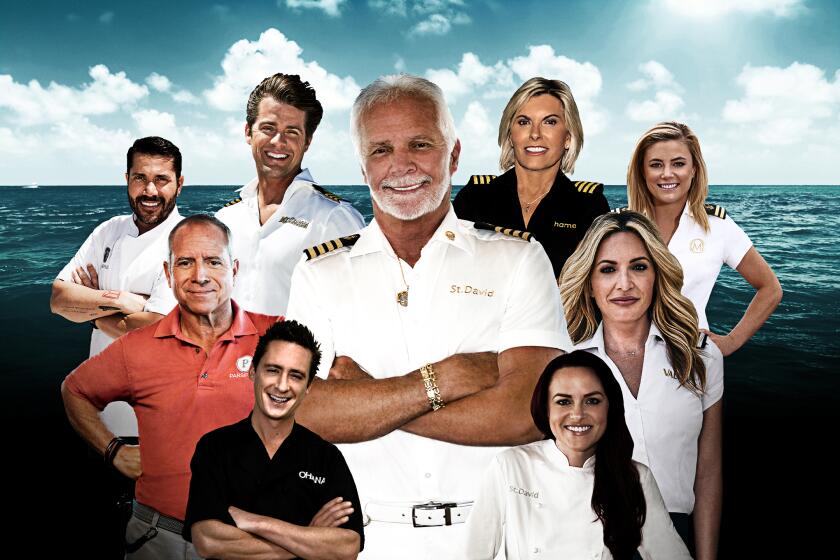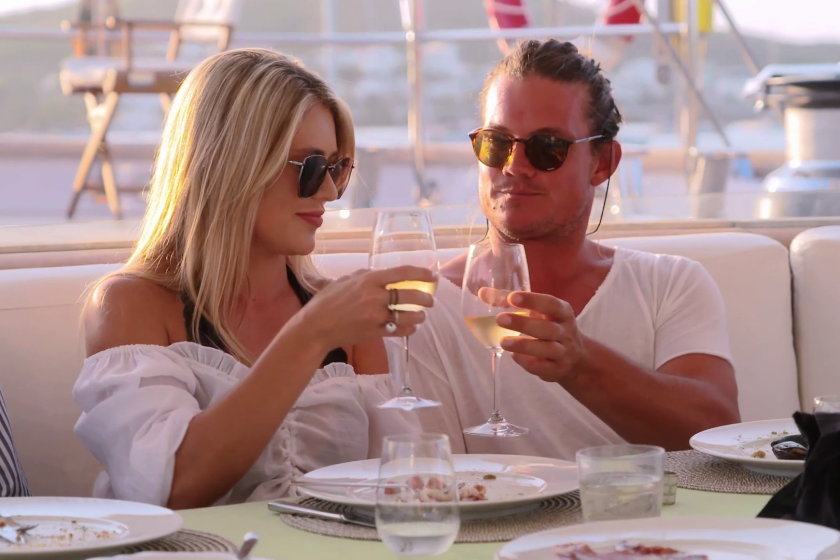‘It was about safety’: Why the leaders on ‘Below Deck Down Under’ fired two castmates for misconduct
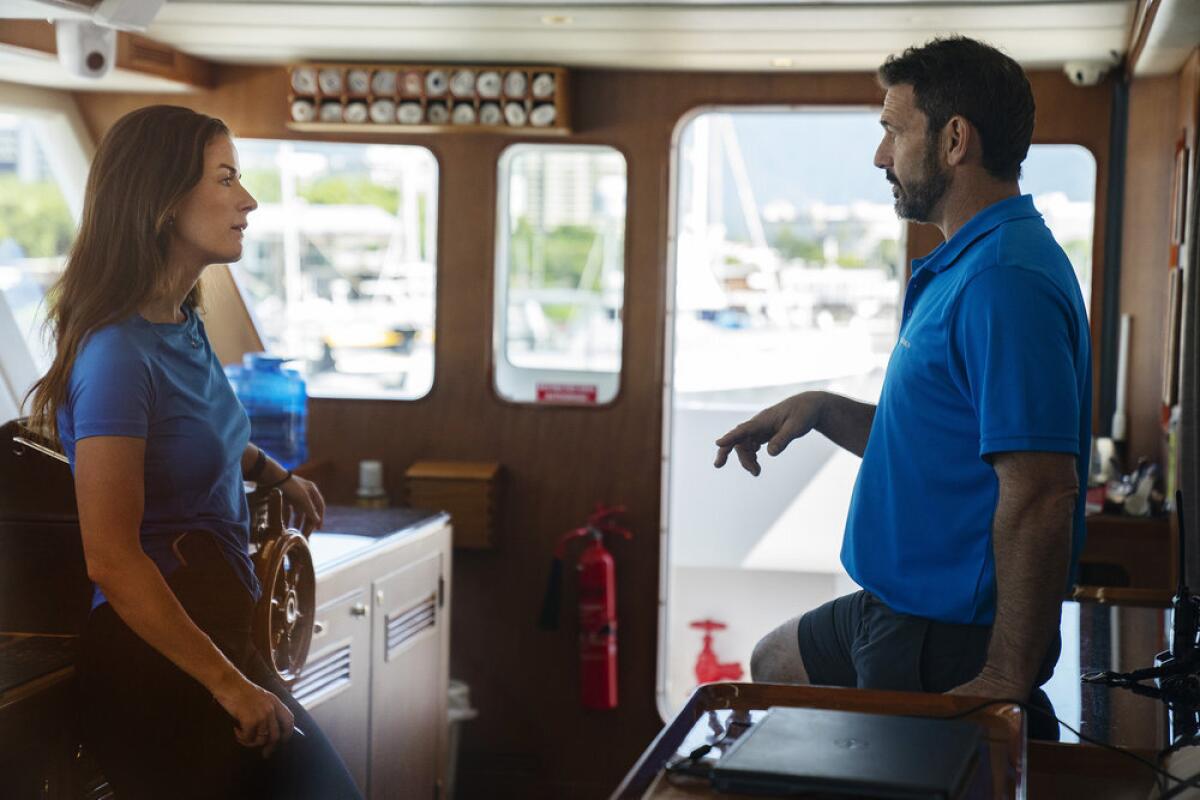
In the wee hours one spring day last year, a situation was unfolding just off Cairns, Australia, inside the Northern Sun luxury super yacht that’s at the center of Bravo’s “Below Deck Down Under.”
Members of the hard-partying and rambunctious yacht crew, fresh from finishing a multiday charter, were stumbling back to their quarters after a drink-fueled night out — such celebratory outings are a regular occurrence once the crew has completed a trip catering to the needs of demanding guests. It’s rarely a quiet return. This time, though, the inappropriate behavior displayed by two crew members, bosun Luke Jones and second steward Laura Bileskalne, led to their termination from the crew and the end of their time on the series: Each tried to get in bed with castmates who didn’t give their consent.
Heavy drinking is not uncommon on the compulsively watchable “Below Deck” franchise, whether it’s charter guests living it up during their luxe stay or off-duty yacht staff unwinding after days of exhausting work. The drunken antics typically reveal embarrassing behavior that often fuels the next day’s on-camera drama. But the turn of events depicted in the two most recent episodes of “Below Deck Down Under” quickly prompted conversation on social media. Many praised the swift handling of the situation, both by the yacht crew’s superiors and the show’s production team, as well as the episodes’ larger exploration of consent.
“It was a hard night; the whole thing was very, very difficult,” said Nadine Rajabi, one of the show’s executive producers. “I didn’t realize the response that would come of this because that was not anything that we were thinking about. It’s not anything to be congratulated on because it was just about doing the right thing. I would hope that everybody would act in that way. It was about safety.”
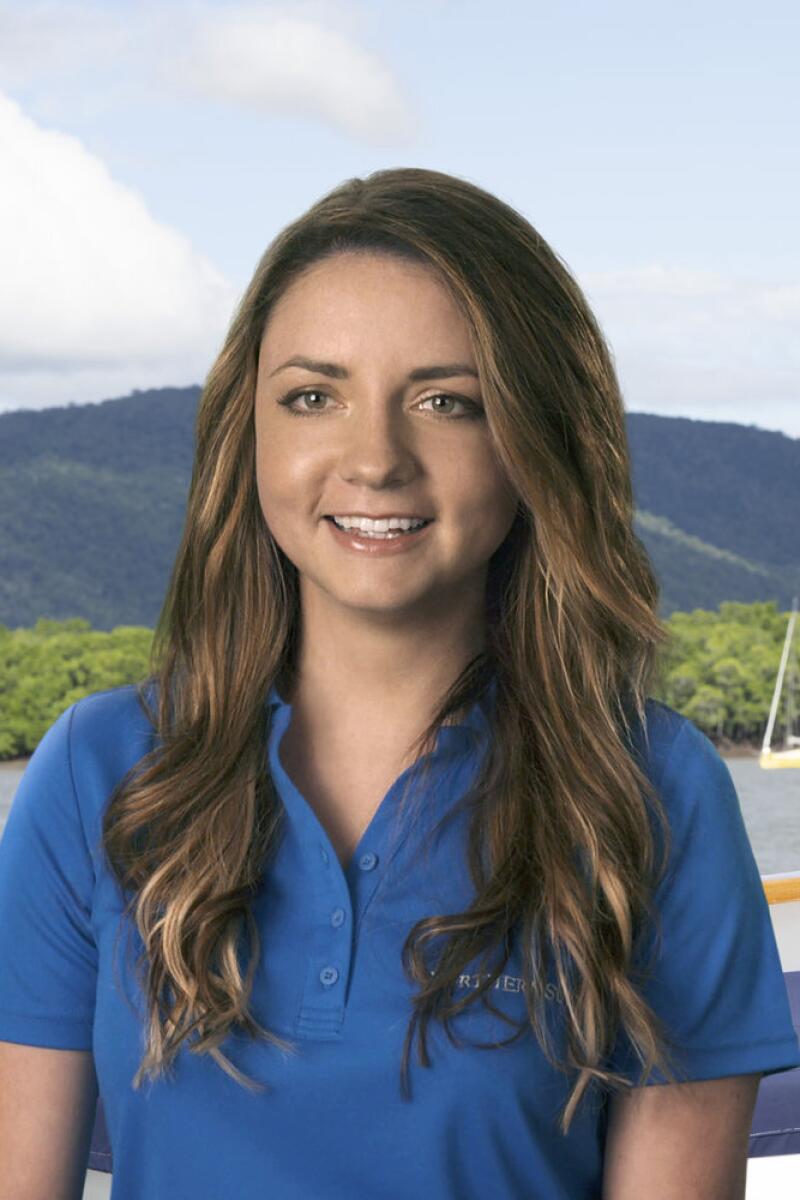
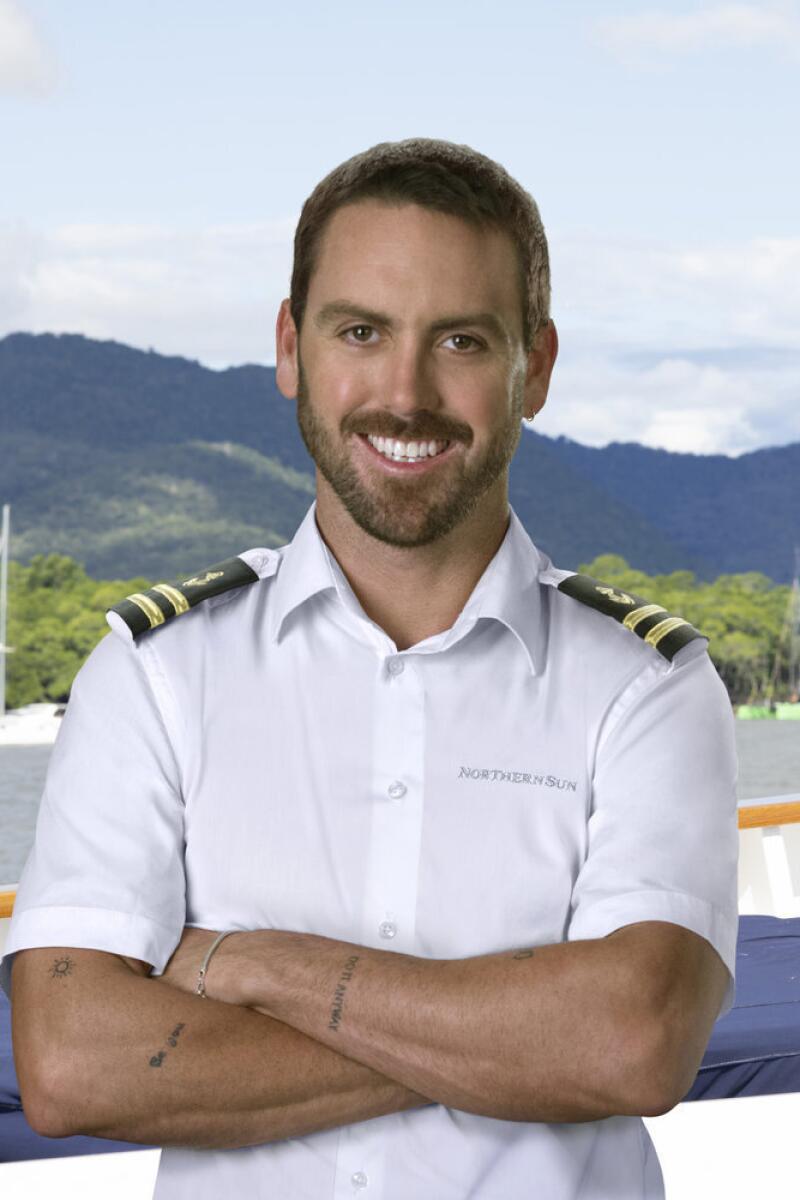
Laura Bileskalne and Luke Jones from “Below Deck Down Under.” (Bravo)
Now in its 10th season, the show about life on a superyacht spawned Bravo’s next great reality franchise. We asked Capt. Lee Rosbach how it’s done.
Bravo made the decision to run the episodes back-to-back, and the channel timed the season’s roll-out accordingly, so viewers could see the resolution promptly to avoid creating a cliffhanger out of the seriousness of the moment. Still, some fans criticized the decision not to place a content warning at the start of either episode. An advisory message arrives at the end of the seventh episode.
In Episode 6, viewers see that after a night of drinking, Jones went into the cabin of castmate Margot Sisson, who was intoxicated and passed out, and got in her bed naked. Both production staff and chief steward Aesha Scott intervened to keep Jones out. Within minutes, which continued into Episode 7, production thwarted Bileskalne after she climbed into the bed of boatmate Adam Kodra, who had been opposing her advances that night and for much of the season.
The Times reached out to Jones via Bravo, as well as his social media, for comment about his dismissal. He did not respond. In the episode, Jones says, “I accept that,” as the yacht’s captain, Jason Chambers describes his actions and delivers his dismissal. Later, as he’s leaving the boat, Jones tells Chambers, “I’m sorry. And I’m just so disappointed in myself.”
Bileskalne declined to comment for this story via Bravo, pointing to her Instagram post from last week about the matter: “My sincere apologies to Adam, I did not realize I made him feel uncomfortable and no one should be put in that position.”
Measuring at more than 50 meters (164 feet), the Northern Sun is a massive vessel. The production team is stationed inside the yacht in what is often referred to as video village, where production personnel can observe on monitors what cameras are capturing in real time. It takes “a solid minute,” Rajabi says, to get from the control room to the crew’s sleeping cabins on the lower level.
The quick intervention by producers at such a decisive moment came just as the yacht experienced a power outage. As the control room went dark, suspending footage feeds to the monitors, cameras were still recording. An audio supervisor was the first person to intervene, wedging his foot in the door to stop Jones from staying in Sisson’s room, as seen in the episode.
“Some of the lighting you’ll see is different; he used his phone to put light there. And that gave enough time because we have to run from video village,” Rajabi says. “And we had our producer that ran down in that moment and went in. It was a valiant effort of the production crew of going there and also, like, having somebody strong to actually go in. When the backup power eventually kicked in, you run. There’s no question, you run.”
Scott, 31, has been praised for her careful handling of the situation as it unfolded, taking measures to protect and ensure the safety of Sisson and Kodra as she became aware of details. She was hesitant to be interviewed for this story, saying she was wary that it would seem like she was exploiting a bad situation or seeking fame from it. Her sensitivity stems, in part, from her experience with sexual assault. In a 2019 episode of “Below Deck Mediterranean,” she revealed that she had been raped after a drunken night out.
“I actually couldn’t tell you what put me on edge that night. I just knew coming home in the van, my Spidey senses were tingling,” Scott says. “Something was just telling me that something wasn’t quite right. I had this thing on my brain: ‘Just get Margot to bed, get Margot to bed. That’s all you have to do.’
“For timing’s sake, they had to cut it down, so it doesn’t show quite how long I spent just lying in her cabin to make sure that she was OK. Then I remember the power went out when I was standing at the microwave waiting for my noodles to be finished. And I heard the producers run past, and it just made me so upset, because I’d spent so much time with Margot and her cabin, trying to make sure that she was OK, and it felt like after all that effort, I’d failed. I really felt upset.”
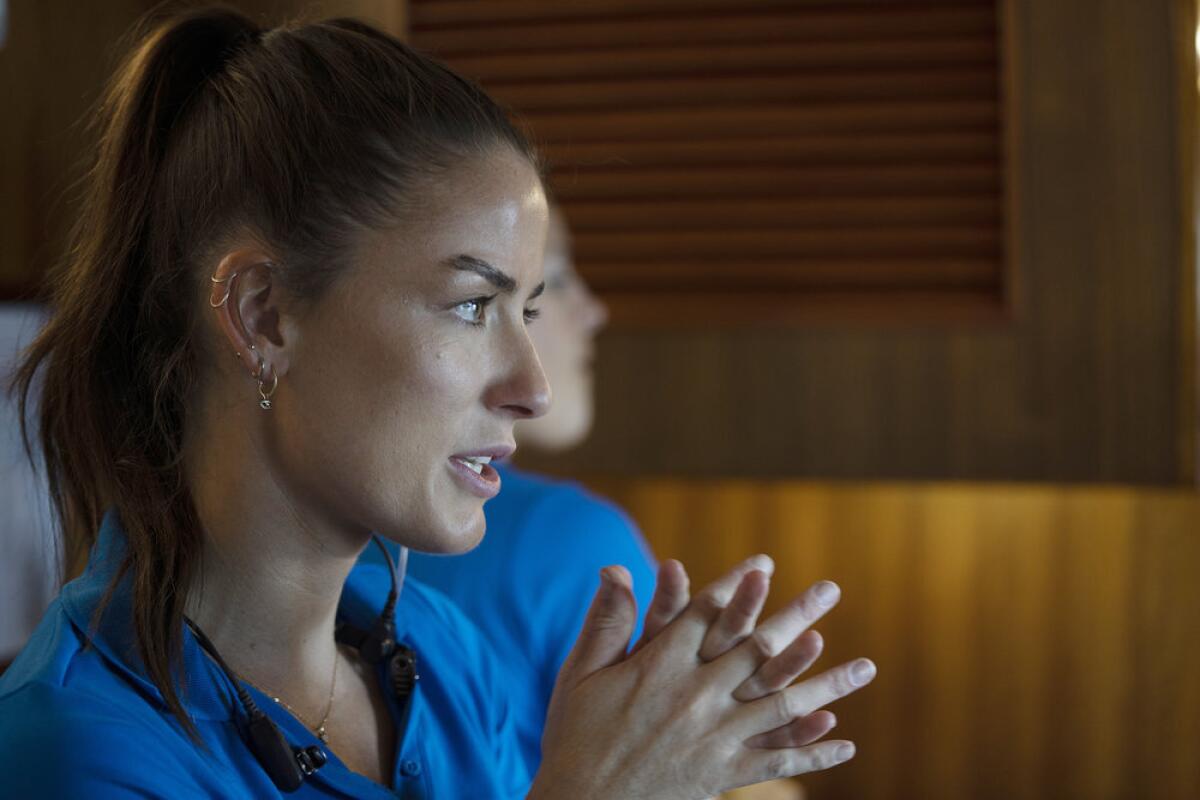
‘Below Deck Sailing Yacht’ first mate Gary on being a reality heartthrob, his ‘cringe’ moments and how Daisy hurt him.
Scott, at first, was aware only of Jones’ behavior. She woke up Chambers to relay her concern. Chambers quickly removed Jones from the boat and told him to sleep it off in a hotel. Upon his return in the morning, Jones was fired by Chambers. Later, upon learning that Bileskalne had made insensitive remarks to Sisson — expressing sympathy toward Jones and questioning his firing — and confirming that Bileskalne was continuing to make unwanted sexual advances toward Kodra, which also prompted intervention by producers, Scott again relayed her concerns to Chambers. He promptly fired Bileskalne. (In addition to her social media apology to Kodra, Bileskane has since apologized to Sisson for not expressing sympathy.)
“For time’s sake, they couldn’t include a part where I did actually have a conversation with Laura about pulling back a bit [with Adam]; that it goes both ways, and she needs to stop being so inappropriate with Adam,” Scott says. “So to watch it and see just how far she was pushing it, that was really shocking to me as well.”
Chambers added, separately: “I don’t feel those small little bits until the audience does, until it’s aired. I know I made the right move now even more. I based my decisions off of what Aesha told me; that was enough for me to know that something had to be done there, obviously. And I based the other decision on what Aesha told me and what I spoke to Adam about, and combined, I just knew that that was an environment that I didn’t want to work in, and I didn’t want crew to work in. I want them to work in a happy, safe, family environment.”
This is not the first time “Below Deck” has been rocked by controversy. Excessive alcohol consumption is part of the franchise’s DNA, contributing to lax boundaries between work and personal relationships. An incident on “Below Deck Sailing Yacht” last year, in which two crew members had sex despite one appearing to be more intoxicated than the other, drew criticism from fans. Rajabi says that prior to production, cast members participate in workplace classes and training, which includes an increased focus on sensitivity training. While filming, production covers the cost of two drinks and some food during their outings — “that could be Diet Coke, it could be orange juice or whatever that is. But that’s it. Everything else is on them,” she says. (There is also a supply of alcohol on deck meant for guest consumption, which cast members sometimes get into on their nights off.)
“There’s been situations in the past where we really do monitor them, we cut them off, we make sure people are consenting — and these are the things you don’t see,” Rajabi continued. “The situation that’s been documented on this episode has not only sparked a lot of conversations that’s happening in the yachting industry, they’re like, this has shed a light on things. The one thing I remember from that night is I was so scared because I was like, ‘If there were no cameras, what would have happened? What would have happened? Because nobody else is there to watch.’ We’re actually encouraged to step in ... I think [this incident] was more instinctual; it was ‘this cannot happen,’ and it was safety. It wasn’t a ‘What do we do? Should we or shouldn’t we?’”
With seven episodes left in the current season, Chambers says he wanted to ensure a safe environment in the crew’s final days at sea.
“I’m also grateful that nothing happened,” Chamber said. “To all parties involved, everyone is going to be hurt from this. We need to protect all the crew members involved, and I mean all the crew members involved, for their health, safety and mental health going forward. We need to respect every person around us and understand that no means no so that we’re all safe.”
More to Read
The complete guide to home viewing
Get Screen Gab for everything about the TV shows and streaming movies everyone’s talking about.
You may occasionally receive promotional content from the Los Angeles Times.
